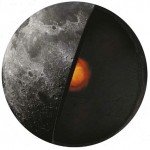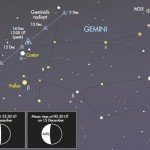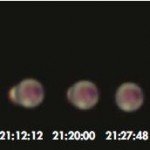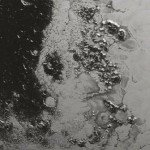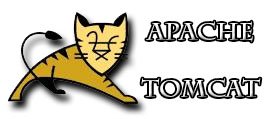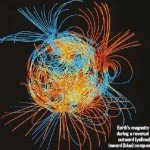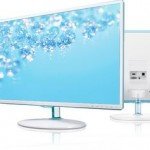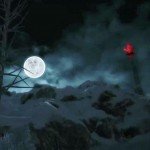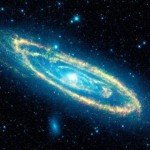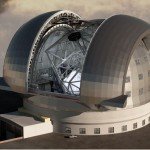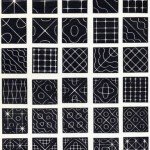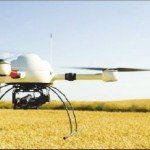Lunar libration favours the north polar region
The moon presents the same face towards Earth throughout the course of the lunar month, by virtue of the fact that it rotates once on its axis for every revolution around our planet. However, the fact that the Moon’s orbit is elliptical means that its orbital speed varies, being faster when it’s closer to Earth. This variation in speed allows us to see around the eastern and western limb of the Moon. Similarly, the Moon’s orbit is tilted slightly to the plane of the ecliptic and this means that we also get to see a little more of the surface over the northern and southern limb from time to time.
The combined rocking and rolling effect is known as lunar libration and over time it allows us to see an extra nine per cent of the Moon’s surface than would be possible if the Moon’s face were strictly fixed relative to the Earth. The remaining 41 per cent remains only visible from spacecraft! Catching features with favourable libration can be tricky and patience is required. This is because the phase also needs to work with the libration to show features off to best effect. It’s no good having a favourable libration for the western limb, for instance, only to have that part of the Moon in permanent shadow due to lunar night.
This month, the libration is favourable for the northern limb between the dates of 6-12 December. At this time, craters such as Byrd, Peary and Florey will become visible, along with Hermite, which is famous because its permanent shadows contain regions where the lowest recorded temperature in the Solar System has been measured. On 10 December, it may also be possible to catch sight of the 177km crater Rozhdestvenskiy, right on the northern edge of the Moon.


